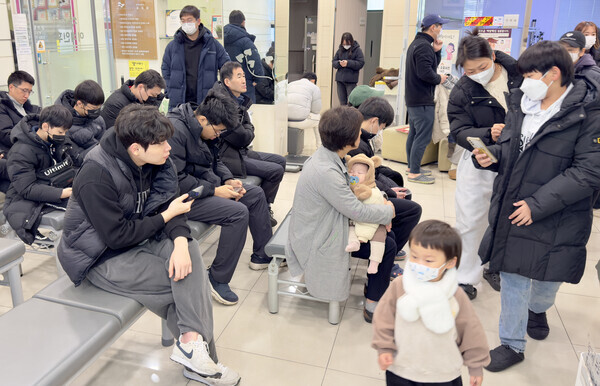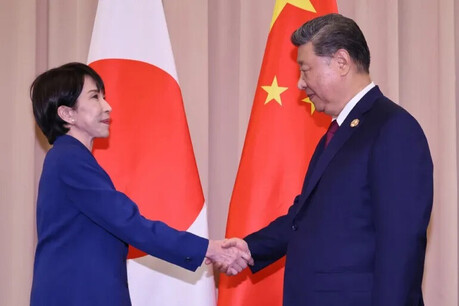
Seoul, South Korea – South Korea is grappling with a severe influenza outbreak, as the number of suspected flu cases has reached an eight-year high. The surge has overwhelmed hospitals across the country, particularly university medical centers, leading to a critical shortage of medical staff and a backlog of patients.
Emergency rooms and intensive care units at major hospitals are being inundated with critically ill flu patients, exacerbating an already strained healthcare system. The situation is made worse by a persistent shortage of resident physicians, who play a crucial role in patient care.
"We've seen cases of even relatively healthy individuals in their mid-40s requiring ECMO in the ICU," said a professor at a major Seoul hospital. "We're seeing dozens of flu patients coming to the emergency room every day."
According to the Korea Disease Control and Prevention Agency, the number of suspected flu cases per 1,000 people reached 78.9 in the fourth week of December, a significant increase from the previous week. This marks the highest level since 2016.
Experts warn that the situation is likely to worsen as the flu season progresses. "The flu is spreading rapidly, especially among children aged 7 to 18," said Professor Eom Jung-sik of Gachon University Gil Medical Center. "We can expect to see a rise in severe cases among high-risk groups."
The current crisis highlights the vulnerability of South Korea's healthcare system, which has been strained by the COVID-19 pandemic and a recent shortage of medical staff. The government's decision to reduce the number of hospital beds as part of a restructuring program has further compounded the problem.
"With fewer hospital beds available, we're seeing a significant increase in the number of patients waiting for admission," said one hospital professor. "The ICU is particularly overcrowded."
Smaller hospitals are also feeling the strain, with many reporting a surge in emergency room visits from flu patients who are unable to find beds at larger facilities.
[Copyright (c) Global Economic Times. All Rights Reserved.]





























